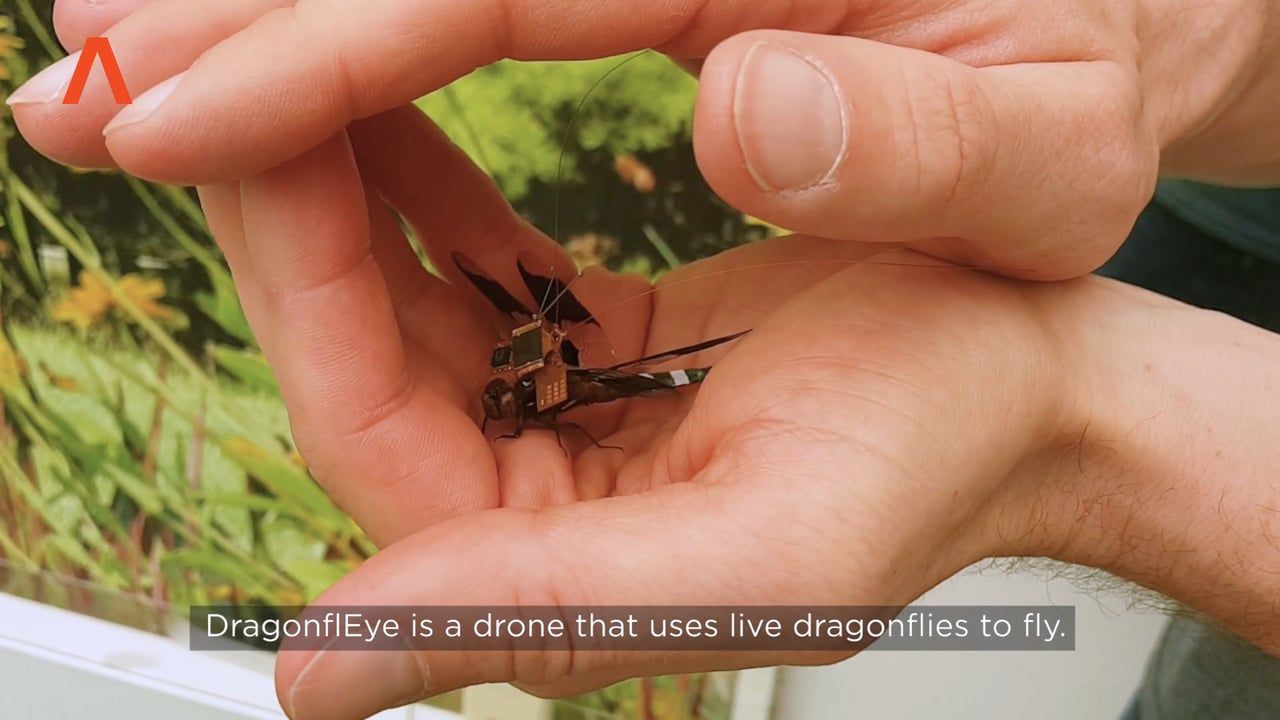American neuroscientist Dean Buonomano believes that your brain might be processing the world around you in a totally different manner than how you think you’re perceiving it. We’d like to believe that our brains take in information on a first-come first-serve basis, but in actuality our brains are operating more like a cross between a tour guide and an overworked line cook at a busy diner. The tour guide tells you what’s going on while the line cook side gets everything ready behind the scenes. Together, this creates a conscious reality that Buonomano describes as a “a narrative created for our viewing pleasure by our unconscious brain.”
Over the past 40 years, microelectronics have advanced by leaps and bounds thanks to silicon and complementary metal-oxide semiconductor (CMOS) technology, enabling computing, smartphones, compact and low-cost digital cameras, as well as most of the electronic gadgets we rely on today.
However, the diversification of this platform into applications other than microcircuits and visible light cameras has been impeded by the difficulty of combining non-silicon semiconductors with CMOS.
IFCO researchers have now overcome this obstacle, showing for the first time the monolithic integration of a CMOS integrated circuit with graphene, resulting in a high-resolution image sensor consisting of hundreds of thousands of photodetectors based on graphene and quantum dots (QD). They incorporated it into a digital camera that is highly sensitive to UV, visible and infrared light simultaneously. This has never before been achieved with existing imaging sensors. In general, this demonstration of monolithic integration of graphene with CMOS enables a wide range of optoelectronic applications, such as low-power optical data communications and compact and ultra sensitive sensing systems.
For your summer reading list
Posted in futurism
Researchers from Draper and Howard Hughes Medical Institute performed DragonflEye flight tests at Janelia Research Campus. http://bit.ly/2m2STa1
A new article on #transhumanism and religion that’s worth reading:
Transhumanists are a group of people who prefer using science and technology to improve the human life. According to Zoltan Istvan, a declared atheists and key leader in the transhumanists movement, “Transhumanism is not a competition. It is simply a mode of being that embraces evolving the human being with science, reason and technology.”
The recent development in the transhumanism movement has seen the colonization of a few groups of religious people, who call themselves religious transhumanists. This group advocates using science, technology and religion to improve the human being. According to Zoltan, in the 21st Century, the formal religion will soon have no choice but to evolve and blend with the advancement in science and technology. Invention of churches in virtual reality, Robot pastors saving Artificial Intelligence through Christ’s redemption and even a Jesus Singularity are all soon going to be an important pillar in the religious movement and America’s future in general.
Although some religious conservatives are now rebuking Christian transhumanists and seeing them as pretenders, and renowned conservative writers like Wesley J. Smith are making jokes about it, the truth is that even the Bible advocates for the improvement of the human being. According to Zoltan, the only thing that lacks in the biblical narrative is that although it largely foreshadows the future, this future does not anticipate the merging of humans with machines, Transhumanist technologies, telepathy, ectogenesis, robotic hearts, brain implants, post-genderism, or artificial super intelligence.
As echoed by Zoltan, most transhumanists, including him, believe in reason. Accoring to them, living on faith, like most followers of Abrahamic religions and others do, is accepting to live vulnerably without the control of one’s life. Yet the society is quickly being transformed by science and technology, and Christians and other religious humans will soon be compelled to embrace this fact.
CHICAGO — NASA is revealing new details Wednesday about its first-ever mission to fly into the sun’s atmosphere.
The Solar Probe Plus will be the first spacecraft to fly directly into the sun’s atmosphere.
NASA says it will zoom within 4 miles of the sun’s surface and will hopefully answer decades old questions about the physics of how stars work.









